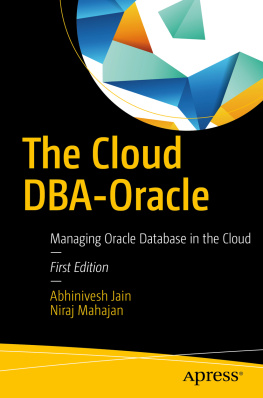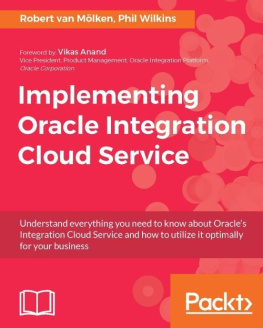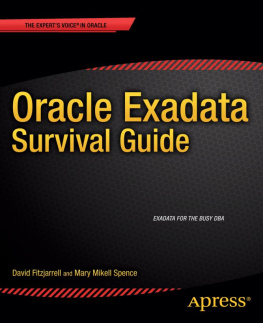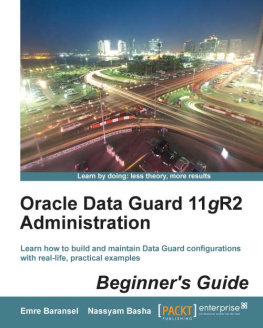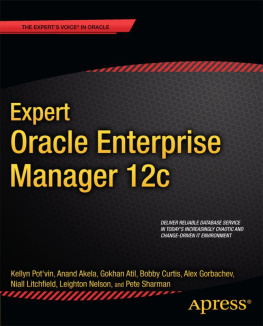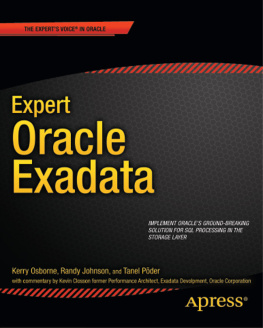Contents
Guide
Page List
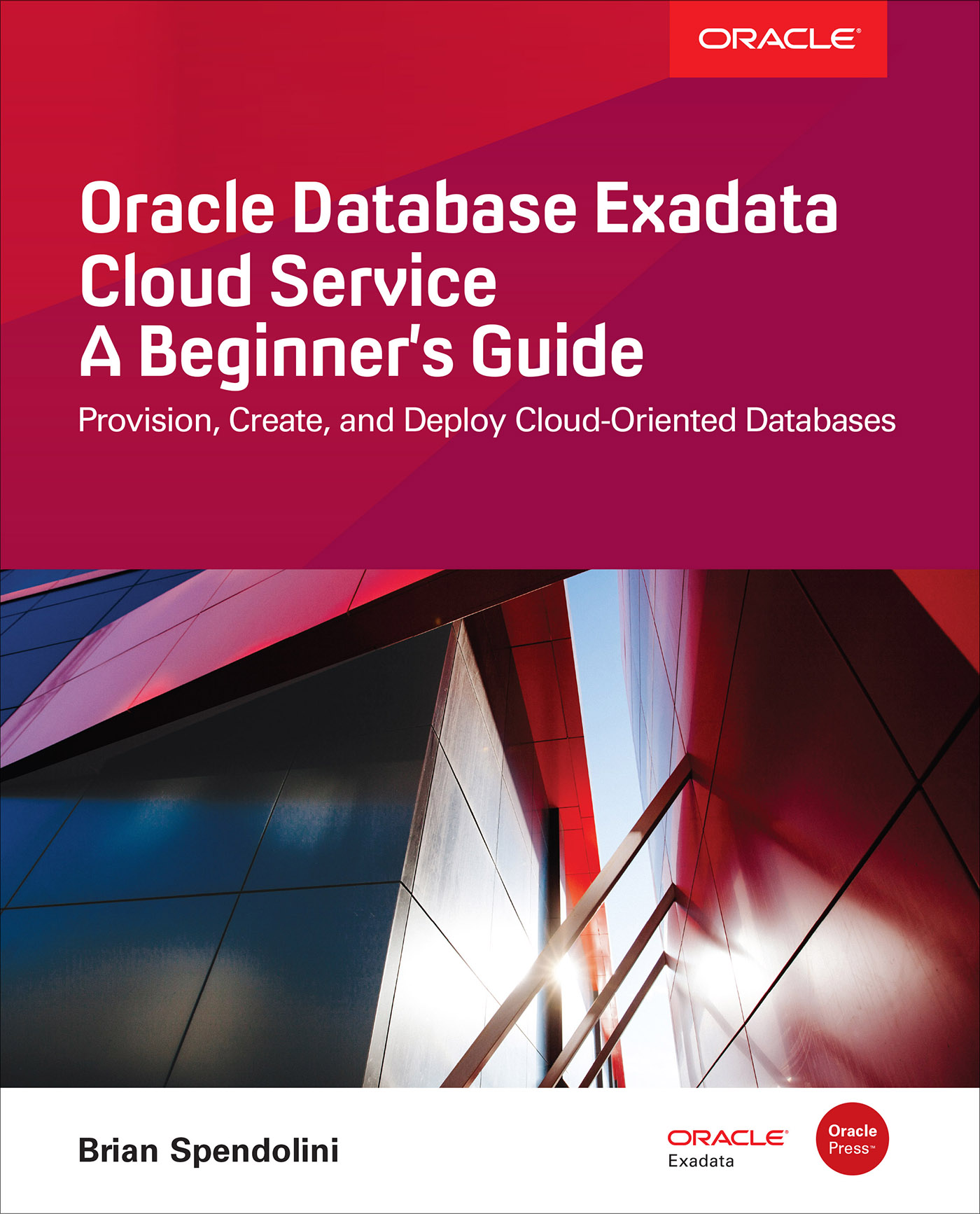

Copyright 2019 by McGraw-Hill Education (Publisher). All rights reserved. Except as permitted under the United States Copyright Act of 1976, no part of this publication may be reproduced or distributed in any form or by any means, or stored in a database or retrieval system, without the prior written permission of the publisher, with the exception that the program listings may be entered, stored, and executed in a computer system, but they may not be reproduced for publication.
ISBN: 978-1-26-012088-2
MHID: 1-26-012088-0
The material in this eBook also appears in the print version of this title: ISBN: 978-1-26-012087-5, MHID: 1-26-012087-2.
eBook conversion by codeMantra
Version 1.0
All trademarks are trademarks of their respective owners. Rather than put a trademark symbol after every occurrence of a trademarked name, we use names in an editorial fashion only, and to the benefit of the trademark owner, with no intention of infringement of the trademark. Where such designations appear in this book, they have been printed with initial caps.
McGraw-Hill Education eBooks are available at special quantity discounts to use as premiums and sales promotions or for use in corporate training programs. To contact a representative, please visit the Contact Us page at www.mhprofessional.com.
Oracle is a registered trademark of Oracle Corporation and/or its affiliates. All other trademarks are the property of their respective owners, and McGraw-Hill Education makes no claim of ownership by the mention of products that contain these marks.
Screen displays of copyrighted Oracle software programs have been reproduced herein with the permission of Oracle Corporation and/or its affiliates.
Information has been obtained by Publisher from sources believed to be reliable. However, because of the possibility of human or mechanical error by our sources, Publisher, or others, Publisher does not guarantee to the accuracy, adequacy, or completeness of any information included in this work and is not responsible for any errors or omissions or the results obtained from the use of such information.
Oracle Corporation does not make any representations or warranties as to the accuracy, adequacy, or completeness of any information contained in this Work, and is not responsible for any errors or omissions.
TERMS OF USE
This is a copyrighted work and McGraw-Hill Education and its licensors reserve all rights in and to the work. Use of this work is subject to these terms. Except as permitted under the Copyright Act of 1976 and the right to store and retrieve one copy of the work, you may not decompile, disassemble, reverse engineer, reproduce, modify, create derivative works based upon, transmit, distribute, disseminate, sell, publish or sublicense the work or any part of it without McGraw-Hill Educations prior consent. You may use the work for your own noncommercial and personal use; any other use of the work is strictly prohibited. Your right to use the work may be terminated if you fail to comply with these terms.
THE WORK IS PROVIDED AS IS. McGRAW-HILL EDUCATION AND ITS LICENSORS MAKE NO GUARANTEES OR WARRANTIES AS TO THE ACCURACY, ADEQUACY OR COMPLETENESS OF OR RESULTS TO BE OBTAINED FROM USING THE WORK, INCLUDING ANY INFORMATION THAT CAN BE ACCESSED THROUGH THE WORK VIA HYPERLINK OR OTHERWISE, AND EXPRESSLY DISCLAIM ANY WARRANTY, EXPRESS OR IMPLIED, INCLUDING BUT NOT LIMITED TO IMPLIED WARRANTIES OF MERCHANTABILITY OR FITNESS FOR A PARTICULAR PURPOSE. McGraw-Hill Education and its licensors do not warrant or guarantee that the functions contained in the work will meet your requirements or that its operation will be uninterrupted or error free. Neither McGraw-Hill Education nor its licensors shall be liable to you or anyone else for any inaccuracy, error or omission, regardless of cause, in the work or for any damages resulting therefrom. McGraw-Hill Education has no responsibility for the content of any information accessed through the work. Under no circumstances shall McGraw-Hill Education and/or its licensors be liable for any indirect, incidental, special, punitive, consequential or similar damages that result from the use of or inability to use the work, even if any of them has been advised of the possibility of such damages. This limitation of liability shall apply to any claim or cause whatsoever whether such claim or cause arises in contract, tort or otherwise.
This book is dedicated to my wife, Jenny. The immeasurable amount of wisdom and countless life lessons she has imparted upon me continue to shape and guide my path through life, with the most important one being, Just Relax.
About the Author
Brian Spendolini is currently the product manager of Oracles Exadata Cloud Service and previously served as a product manager for the Oracle Enterprise Database Cloud Service (DBCS). Brian started Oracle back in 2000 when there were no camera phones and has been in multiple roles and positions, from sales to support. He lives with his family on the west side of a volcano.
About the Technical Editor
Jeffrey Cowen is an Oracle Cloud Infrastructure Certified Associate with more than 18 years of IT experience, 10 years of which have been working with Exadata. He has been working with Exadata since its inception, specializing in the Exadata Cloud Service since it was released in the Oracle Public Cloud. At Oracle, Jeffrey is considered an expert in the Exadata Cloud Service and has delivered many successful proofs of concept, demonstrating to customers the power of Exadata in the Cloud.

Contents at a Glance

Contents

Introduction
T he Exadata Database Machine has traditionally been a hardware-only service, purchased and placed in your data center for you to manage, from top to bottom. With the Exadata Cloud Service, Oracle brings the power of the Exadata into anyones hands with a few simple clicks, simplifying a once lengthy and time-consuming process into a single web page.
The book starts with creating the Exadata Cloud Service and the components that go into its creation. From networking to security, we cover the steps to create a full Exadata in the Oracle Cloud. Next, youll create your first database on the service. Choose a version, backup strategy, and type, and in no time youll have a fully functioning database in the Cloud.
The next section covers all the cloud-based tooling, the special sauce of the Exadata Cloud Service. Use the tooling via REST services or from the command line; the book covers how to use each method and the functions within.
The next chapters of the book cover what makes an Exadata an Exadata. We start with query offloadinghow the Exadata Database Machine removes the database I/O bottleneck. The compression chapter covers Hybrid Columnar Compression, the built-in compression method that improves compression ratios up to 30 times.



